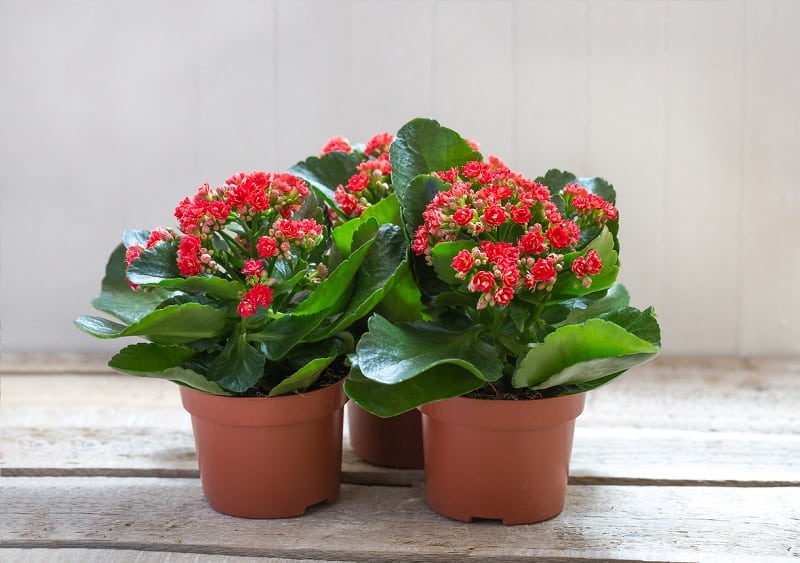Is Kalanchoe Poisonous to Touch? What You Should Know
When considering the safety of houseplants, the Kalanchoe stands out as a popular choice for many plant enthusiasts. Known for its vibrant foliage and stunning blooms, this succulent has gained a firm place in homes and gardens alike. However, curiosity surrounds its potential toxicity, especially regarding direct contact. This article delves into the intricacies of Kalanchoe, touching upon its characteristics, potential allergens, and safety precautions.
Understanding Kalanchoe’s Composition
Kalanchoe, a member of the Crassulaceae family, consists of various species, including Kalanchoe blossfeldiana and Kalanchoe tomentosa. These plants are characterized by their thick leaves and resilient nature, enabling them to thrive in diverse environments. Despite their aesthetic appeal, the composition of Kalanchoe poses questions about its safety. The plant contains a compound called bufadienolides, which can be neurotoxic and cardiotoxic if ingested in significant quantities. This raises awareness about the dangers of not only ingestion but also direct skin contact.
Potential Skin Irritations and Allergens
While the primary concern regarding Kalanchoe often revolves around ingestion, some individuals may experience sensitivity to its sap. Contact with the plant’s leaves or stems can cause localized irritation, presenting as redness, itchiness, or mild rashes. The likelihood of experiencing such reactions greatly varies among individuals, depending on skin type and sensitivity levels. For those with pre-existing skin conditions, caution is advisable when handling Kalanchoe. If irritation occurs, washing the affected area with soap and water often alleviates symptoms.
Symptoms of Contact Exposure
Individuals who come into contact with Kalanchoe may encounter a variety of skin symptoms. These can include:
- Redness and inflammation
- Itching and burning sensations
- Rashes or eczema-like outbreaks
- Swelling in localized areas
In most cases, exposure results in mild irritation. However, those with sensitive skin or allergies should remain cautious. If severe reactions occur or persistent symptoms emerge, consulting a healthcare professional becomes essential. While uncommon, allergic reactions could signify a unique sensitivity to the plant.
Safe Handling Practices
To minimize the risk of exposure, adopting safe handling practices is prudent. When interacting with Kalanchoe, consider the following guidelines:
- Use Gloves: Wearing gloves while pruning or repotting Kalanchoe can prevent potential skin irritation.
- Limit Contact with Sap: Handle the plant gently, as damaging leaves or stems releases sap that may irritate the skin.
- Wash Hands After Handling: Thoroughly washing your hands after touching the plant ensures any residues are removed.
- Educate Others: Inform family members and visitors about the potential irritants associated with Kalanchoe, especially if children or pets are present.
Comparative Toxicity in Plants
When assessing Kalanchoe’s toxicity, it is essential to compare it with other common household plants. Many popular plants, such as pothos or peace lilies, also contain compounds that can be harmful if ingested. Unlike Kalanchoe, however, these plants do not typically induce skin irritations. Understanding the breadth of plant toxicities can arm homeowners with the knowledge to make better choices regarding their indoor flora.
The Importance of Research
Before introducing any new plant to your home, especially those belonging to the succulent family, research is paramount. Knowing which species carry potential risks ensures a safer environment for all inhabitants. Kalanchoe’s allure as an ornamental plant comes with its responsibilities.
Should You Avoid Kalanchoe?
While Kalanchoe has certain toxic properties, many choose to keep it without significant issues. The decision to include it in your plant repertoire should depend on your living situation, the presence of children and pets, and your own sensitivity to such plants. For many, the beauty and vibrancy of Kalanchoe outweigh potential concerns, provided responsible care and handling are maintained.
Conclusion: A Balanced Perspective
Ultimately, the question of whether Kalanchoe is poisonous to touch necessitates a nuanced perspective. While the sap can provoke mild irritations, the beauty of this plant can enhance your living space. Adopting prudent handling practices, educating household members, and maintaining awareness of individual sensitivities can help mitigate any potential risks. As with many facets of plant care, understanding and caution are key to fostering a harmonious relationship with your greenery—so enjoy your Kalanchoe, but remain vigilant.





Leave a Comment